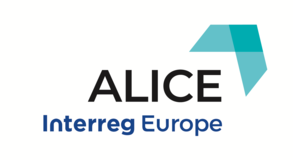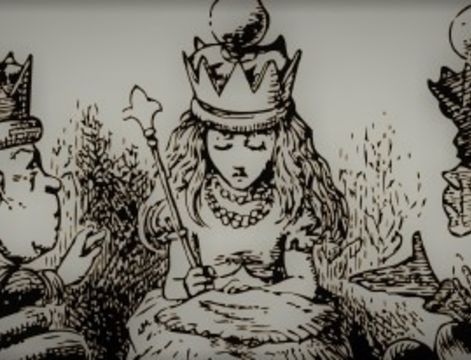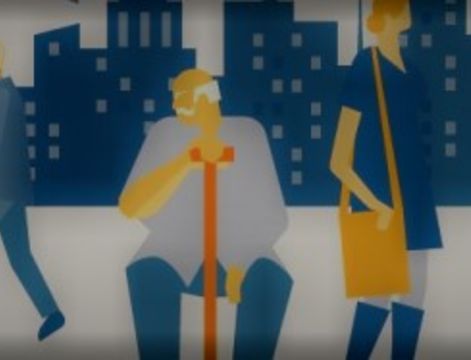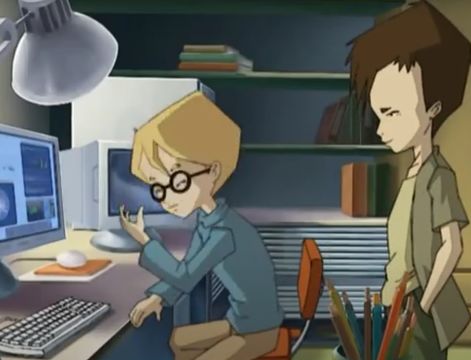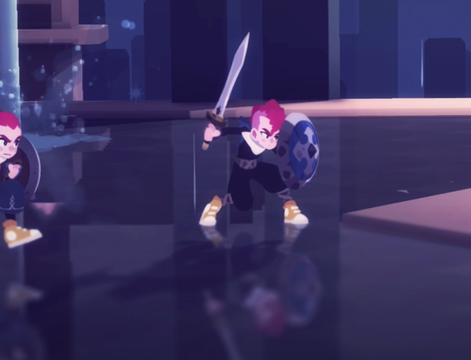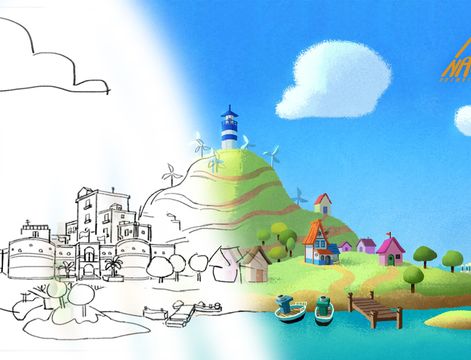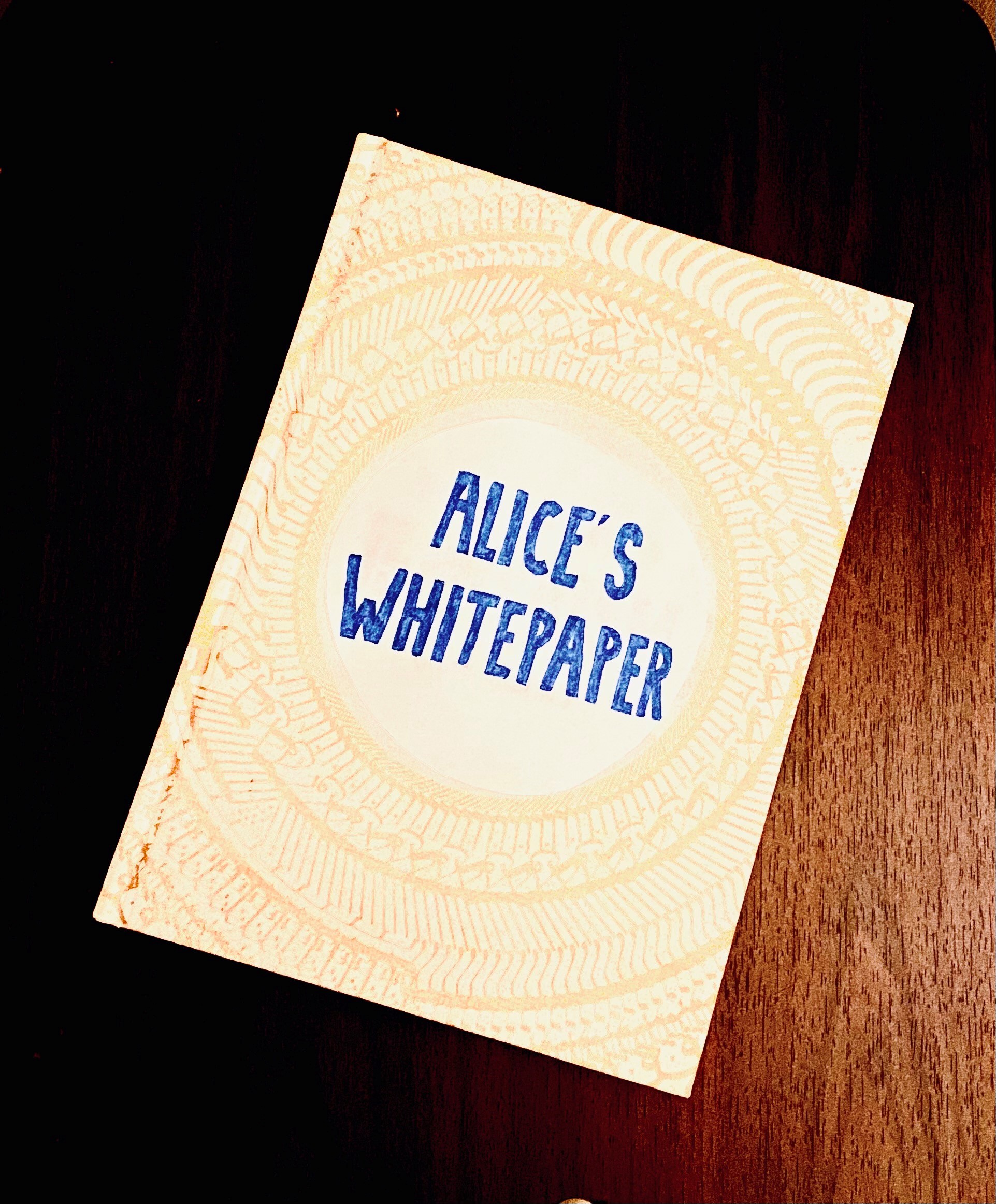With the spread of the coronavirus and the resulting work-from-home arrangements, everyday business in the animation sector has certainly slowed down, but is still moving forward. Nevertheless, as the industry figured out how to keep production running, professionals from across the production pipeline have been wondering how and when their films can actually be seen.
The new coronavirus has forced the cancellation and digitalization of major festivals around the world. For filmmakers, producers and talent, this means fewer opportunities to show their films and secure new business. Sales agents have to figure out new ways to screen movies for buyers. As for the festivals, they’ve taken tough economic hits with potential job losses and complete re-organizations.
Fortunately for the industry, a few festivals will be still going on physically this year. One example is the Fest Anča International Animation Film Festival in Slovakia. Initially slated to run from July 2 to 5, it will take place August 27 to 30 under the theme “The Day After.” A record-breaking number of 1650 of films from 65 countries were submitted, of which more than 250 were selected. The Official Selection was announced on April 30.
As Executive Director Ivana Sujová explains, “[the] preparation of the festival carried on just fine in the home office [environment]. We have a very accurate plan detailing all stages of preparation, which helped us tremendously during this time.” The festival has relied on solid best practices based on weekly meetings and clear agendas, activities which have translated well to remote work.
This year’s postponement posed the biggest challenge on programming and human resources: “All of the team members work freelance, so postponing clashed with many of their other work plans,” said Ivana. The economic impact will ultimately depend on the final turnaround, but Ivana worries there will be a deficit in the budget. The festival lost a “number of smaller, but needed funds from regional and national grants” due to Covid19-related cuts in culture funding programs. Although funding institutions in Slovakia have done their best to assist, decision makers ultimately prioritized other business over cultural sectors.
This year’s festival edition will be a new experience with safety measures and social distancing in place. While there is much anticipation around the event, we can only wait and see how it goes in these uncertain times. But beyond the festival’s success, the crisis has exposed the systemic lack of support for culture. When asked about the future of the animation industry, Ivana sees two main challenges to overcome. The first is to recognize and value authors while strengthening Slovakia’s copyright system. The second is to address the total disconnect between the profession and Executives from the National Television, the main funder of the whole sector. The crisis could very well be the opportunity to reset national priorities.
